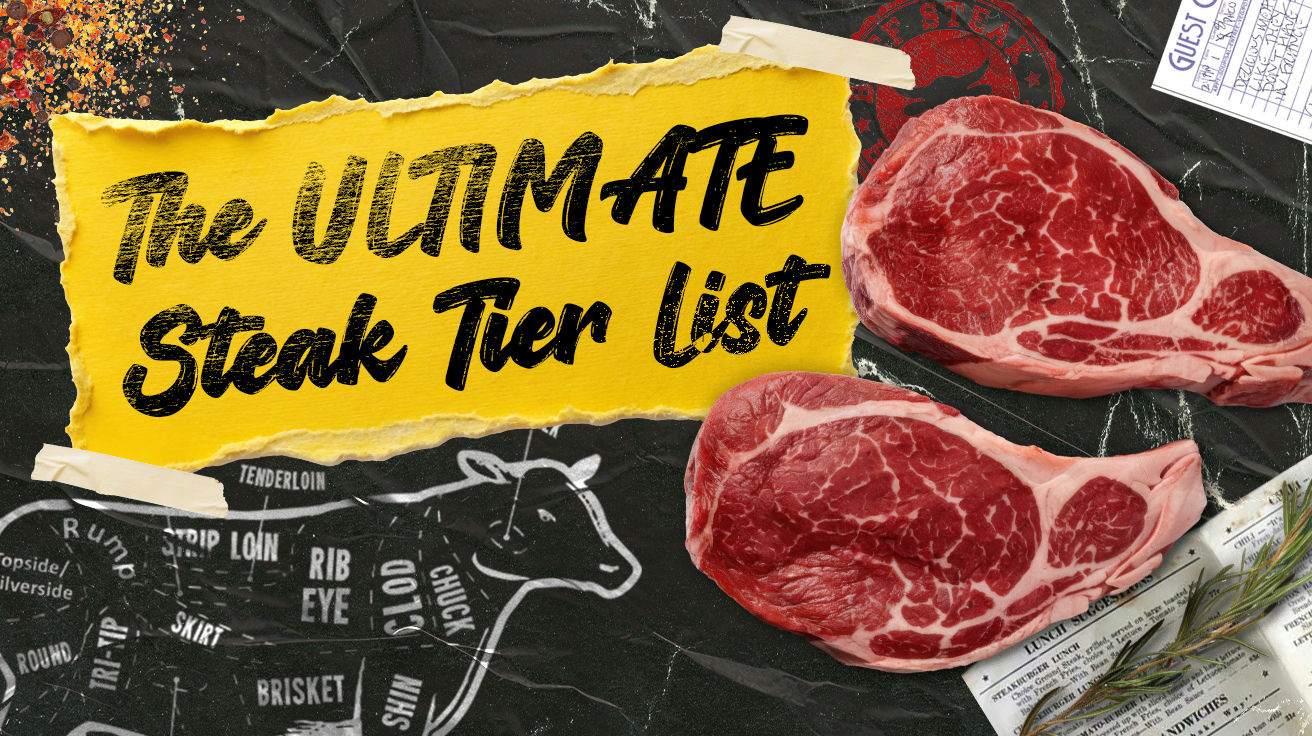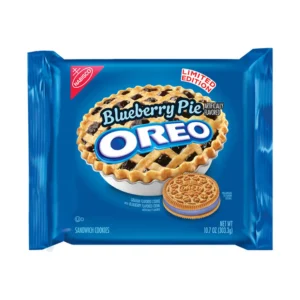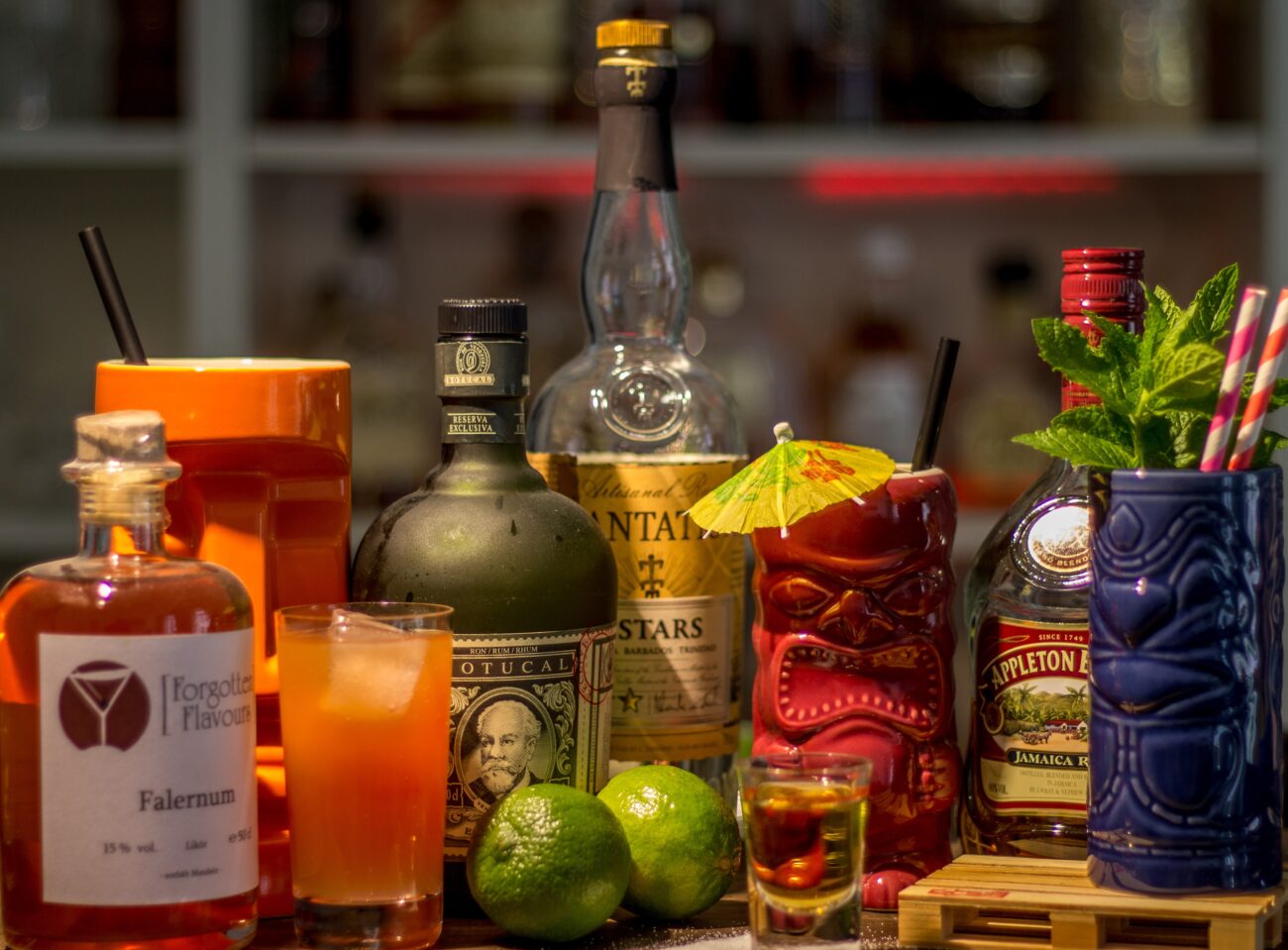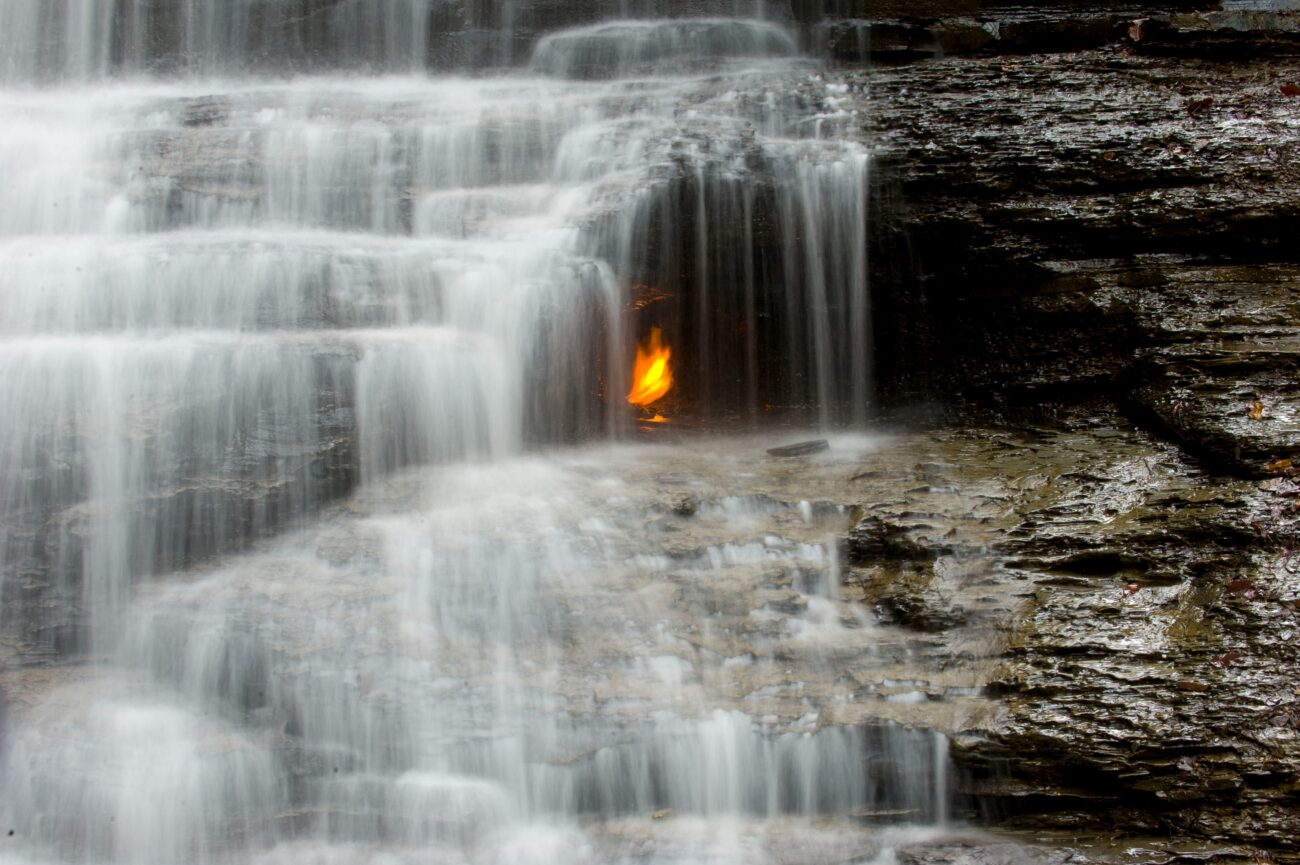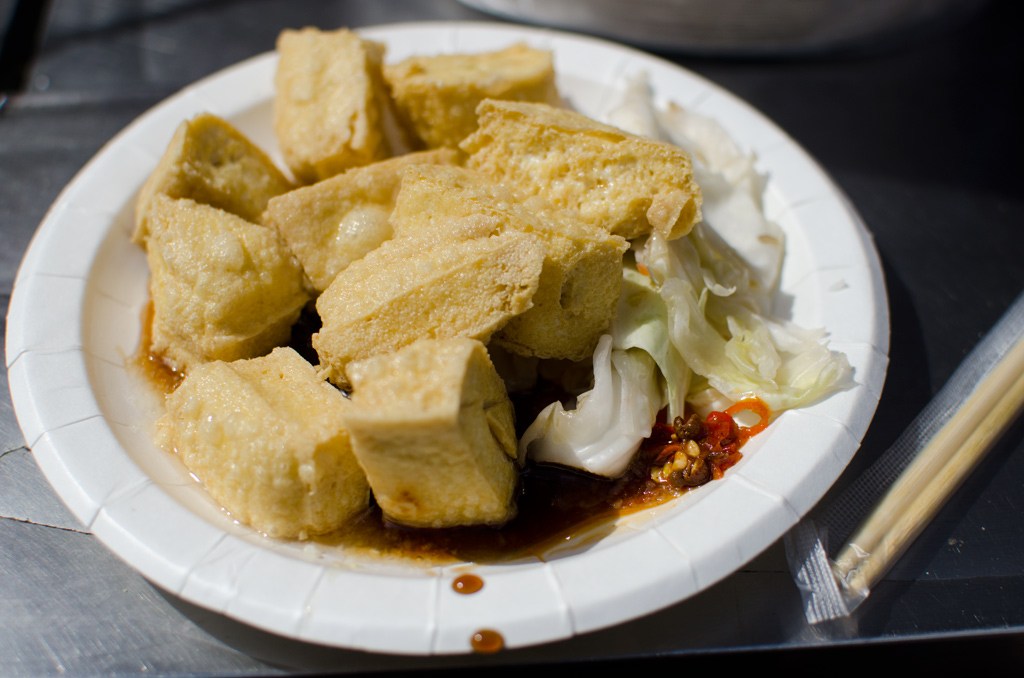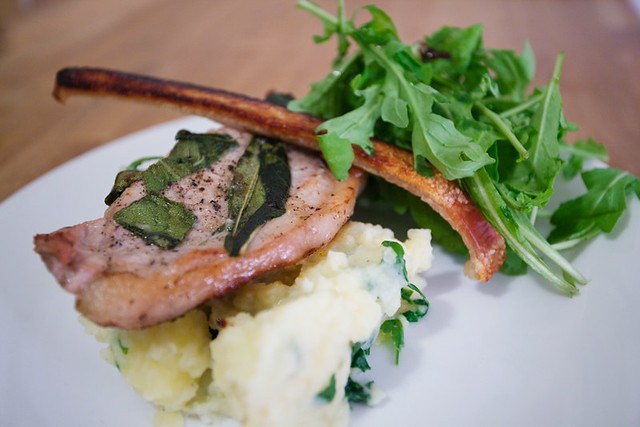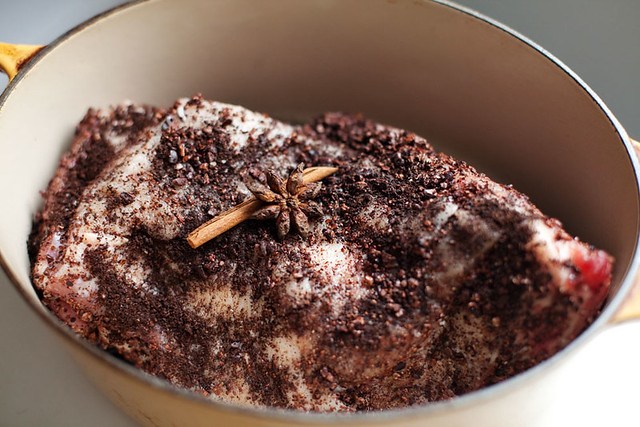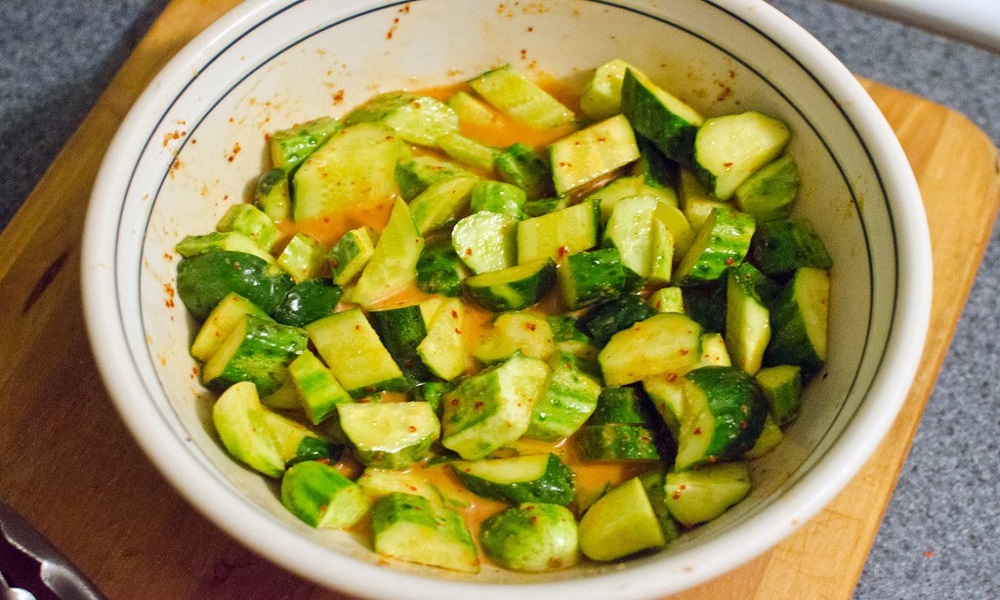Behind the spotless glass case at a proper butcher shop lies a landscape of possibility—each cut telling its own story of texture, flavor, and tradition. Step into one of these temples of meat, and the butcher becomes part guide, part translator between you and beef’s potential. The right cut, selected with knowledge instead of guesswork, transforms an ordinary meal into something that haunts your taste memory for days
1. Short Ribs (Raw)

Think of short ribs as the ribeye’s rustic cousin with better stories and a deeper understanding of life. Their rich marbling delivers melt-in-your-mouth tenderness when properly braised or grilled with respectful technique.
Short Ribs (Cooked)

Reserve for weekend cooking projects when time stretches lazily ahead or meals worthy of subtle social media bragging without the obvious hashtags. Watch carefully as the butcher selects them—the best practitioners assess marbling with the concentration of jewelers examining diamonds, searching for the perfect balance of meat and fat.
2. Beef Round (Raw)

The challenge mode of steaks requires patience to tame its lean, tough nature, like a relationship that demands work but pays off in the end. Cut from the cow’s rear leg, it transforms from potentially difficult to surprisingly satisfying with proper cooking.
Beef Round (Cooked)

Choose it for budget-conscious meals where time isn’t an issue and slow-cooking methods can work their transformative magic. Ask your butcher to slice it paper-thin for carpaccio or cube it for slow-braising—their technique can make the difference between disappointment and revelation.
3. Tri-Tip Steak (Raw)
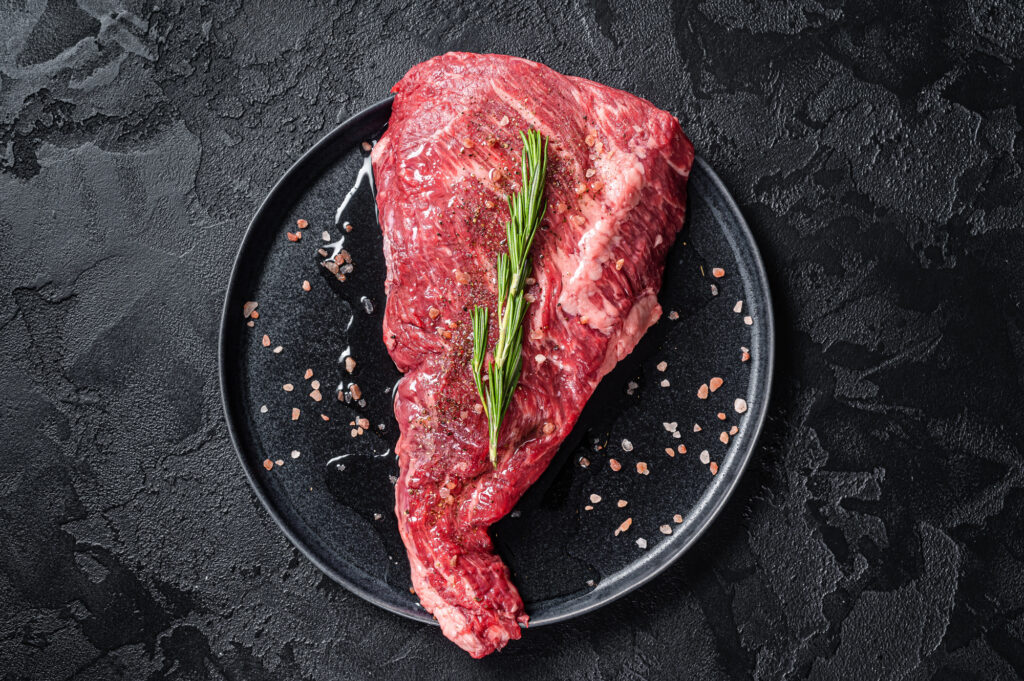
This triangular cut from the bottom sirloin offers bold flavor at a reasonable price, much like finding an unsigned band before they make it big. Popular in California cuisine, it stands up well alone or welcomes creative seasonings with equal grace.
Tri-Tip Steak (Cooked)

Perfect for grilling with friends who value good food more than fancy labels or pretentious meat pedigrees. The distinctive triangular shape makes it unmistakable in the butcher’s case—like a meaty arrowhead pointing toward flavor country without the premium pricing of its showier cousins.
4. Top Sirloin (Raw)
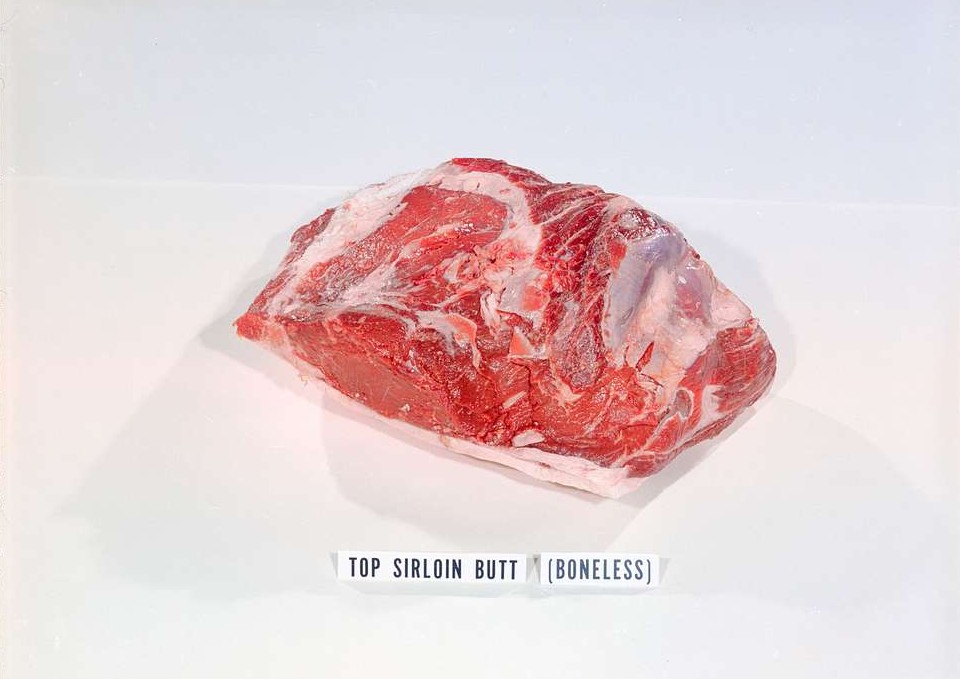
Top sirloin delivers respectable flavor without breaking the bank, like finding perfectly worn-in boots at a thrift store. It runs 20% leaner than similar cuts while maintaining satisfying taste that punches above its price class.
Top Sirloin (Cooked)

Guests might mistake it for a more expensive cut—a quiet victory for smart meat selection and budget-conscious hosting. Even seasoned butchers appreciate its reliability, often suggesting it as the compromise between budget and flavor when customers hover indecisively before the display case.
5. Flank Steak (Raw)
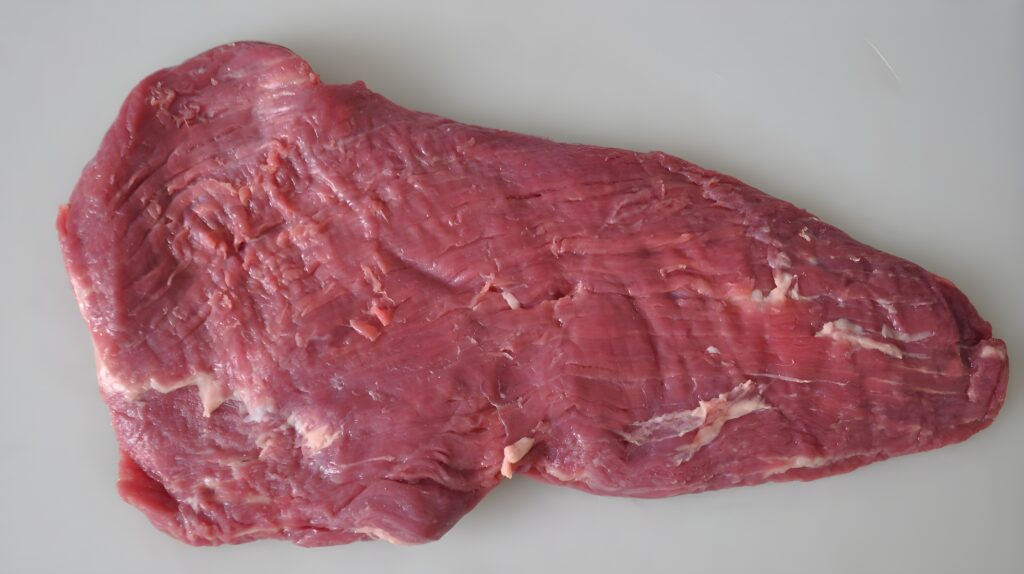
More reliable than skirt steak but equally flavorful, like that friend who always shows up on time with something interesting to say. This lean cut from the cow’s lower chest features a pronounced grain that soaks up bold marinades completely.
Flank Steak (Cooked)

Perfect for feeding a crowd without emptying your wallet or when you need a versatile protein canvas for culinary creativity. A good butcher will score the surface in a diamond pattern—those tiny cuts aren’t just for show but create channels for marinades to penetrate deeper than seems physically possible.
6. Skirt Steak (Raw)

This loose-textured, intensely flavored cut absorbs marinades like a flavor sponge at a spice convention. It cooks in minutes and delivers bold beef taste that stands up to the strongest flavor companionship you can imagine.
Skirt Steak (Cooked)

Remember to slice against the grain or prepare for a jaw workout that continues until next week’s dinner. At the butcher shop, you’ll spot it coiled like a rope in the case—that distinctive shape and evident grain structure a preview of the flavor intensity waiting to be unleashed.
7. Flat Iron Steak (Raw)
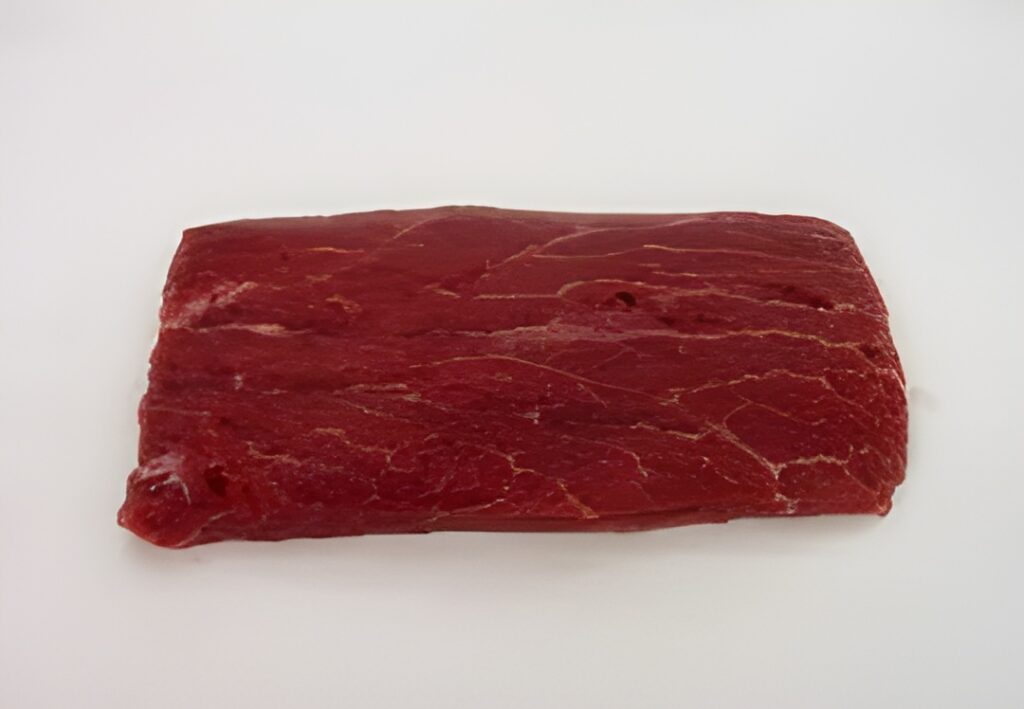
More reliable than skirt steak but equally flavorful, like that friend who always shows up on time with something interesting to say. This lean cut from the cow’s lower chest features a pronounced grain that soaks up bold marinades completely.
Flat Iron Steak (Cooked)

Perfect for feeding a crowd without emptying your wallet or when you need a versatile protein canvas for culinary creativity. A good butcher will score the surface in a diamond pattern—those tiny cuts aren’t just for show but create channels for marinades to penetrate deeper than seems physically possible.
8. Hanger Steak (Raw)

Once called “butcher’s steak” because meat cutters quietly kept it for themselves, like finding a diner that locals protect from tourist guides. With only one per cow, this limited edition cut delivers unique tenderness and deep, almost mysterious flavor.
Hanger Steak (Cooked)

The hanger remains somewhat hard to find but worth seeking out for its cult-worthy taste profile that inspires devotion. Serious butchers treat it with reverence, often keeping it beneath the counter rather than in the display case—a treasure reserved for those who know to ask.
9. Porterhouse Steak (Raw)
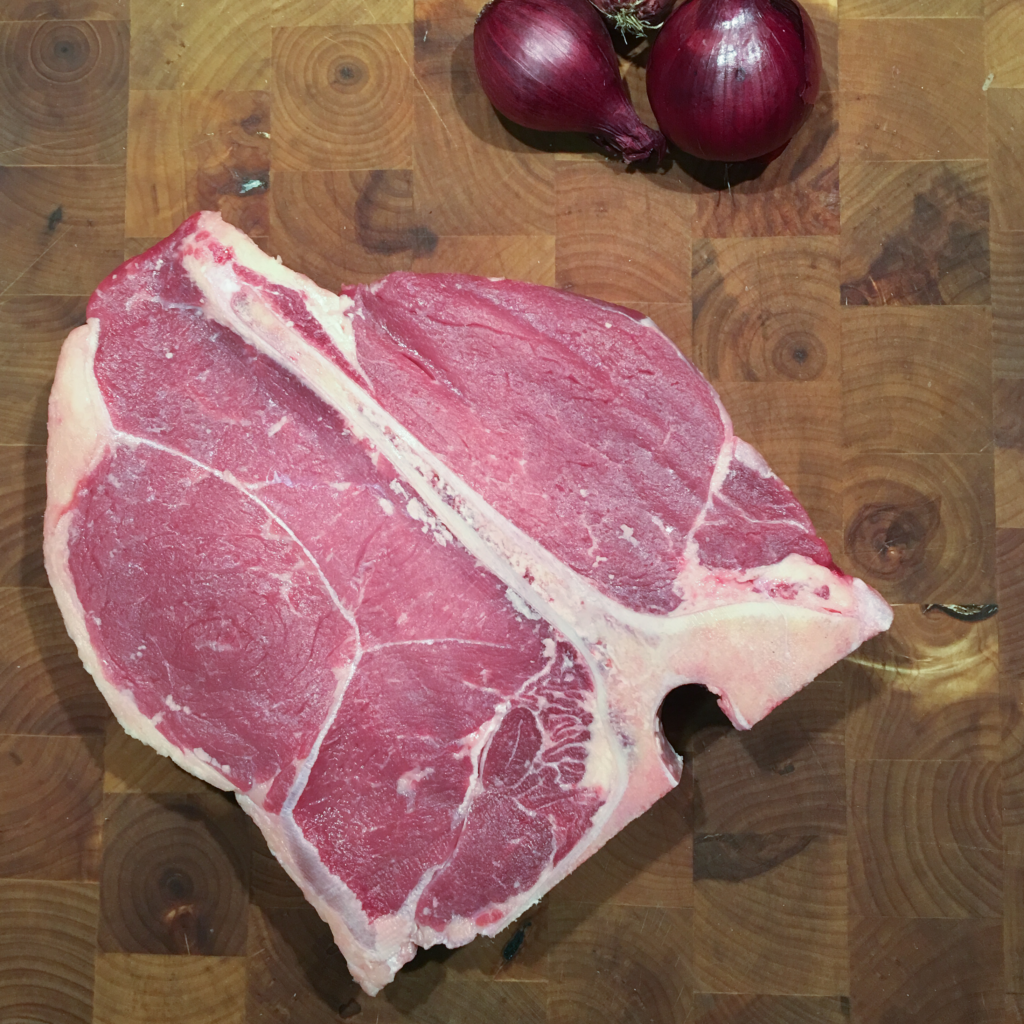
The Porterhouse takes the T-bone concept and supersizes it like that roadside attraction claiming the “World’s Largest” anything. This showstopper features a more generous tenderloin portion measuring at least 1.25 inches thick from the bone.
Porterhouse Steak (Cooked)
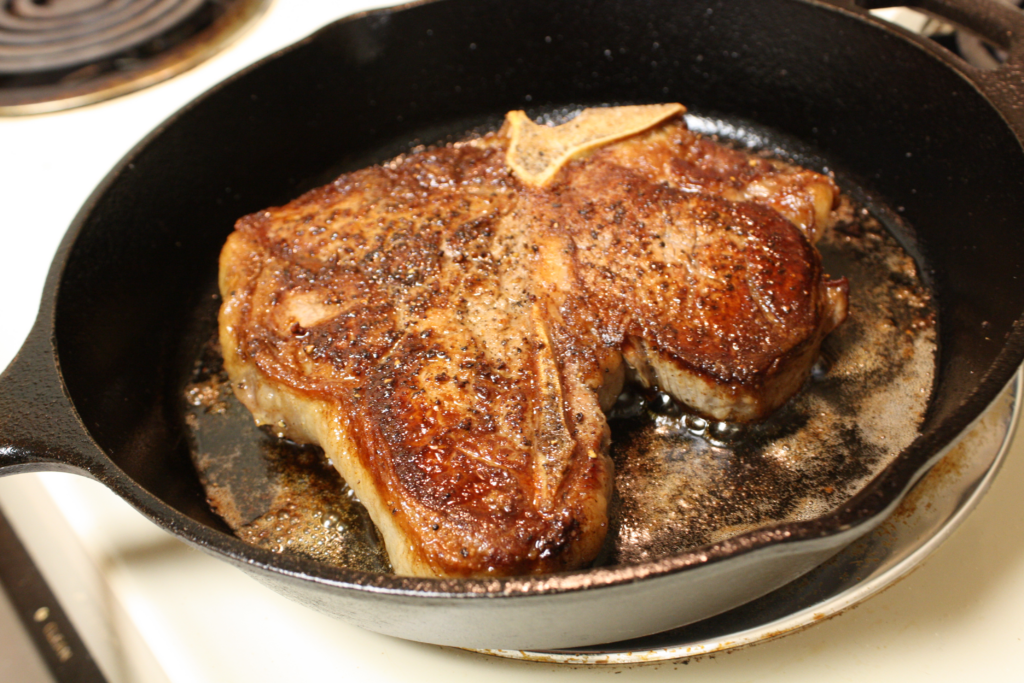
Reserve for special occasions or when you need to silence that friend who brags about everything, including their gas mileage. Standing before the butcher’s case, you’ll recognize it immediately—it’s the one that makes other customers stop mid-sentence and point with undisguised desire.
10. T-Bone Steak (Raw)
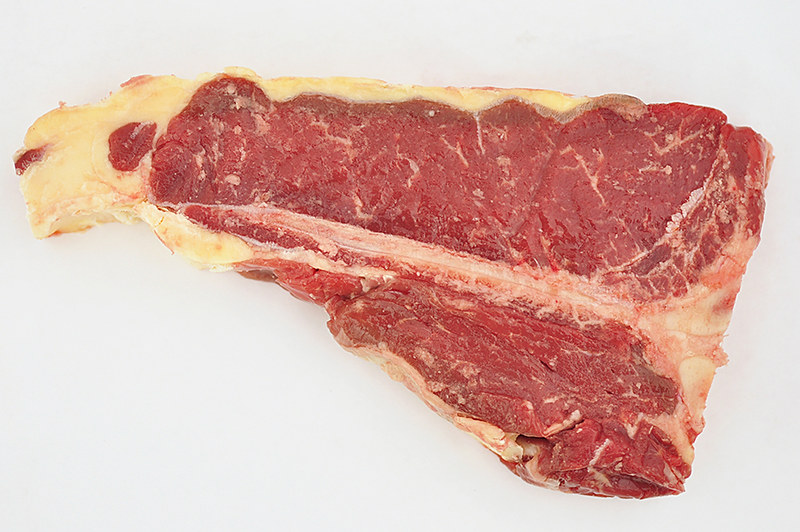
Nature’s combo meal gives you strip steak on one side and tenderloin on the other, divided by a T-shaped bone. This culinary paradox unites the strip’s rich flavor with the tenderloin’s exceptional tenderness in one magnificent cut.
T-Bone Steak (Cooked)

Cooking requires careful attention and frequent rotation, but rewards you with two premium experiences on a single plate. Watch how the butcher’s eyes light up slightly when pulling one from the case—that subtle shift is the mark of someone who knows they’re handling something special.
11. Strip Steak (Raw)

The strip steak delivers that perfect balance between tenderness and satisfying chew, like finding the exact right song for a sunset drive. Cut from just ahead of the sirloin, it offers impressive flavor without the ribeye’s delicious excess.
Strip Steak (Cooked)

Celebrity chef Bobby Flay declares it “the best of both worlds,” making it the ideal middle ground for both texture and taste. Behind the counter, butchers often reach for this cut themselves—a silent endorsement more powerful than any marketing campaign could ever be.
12. Tenderloin (Filet Mignon) (Raw)
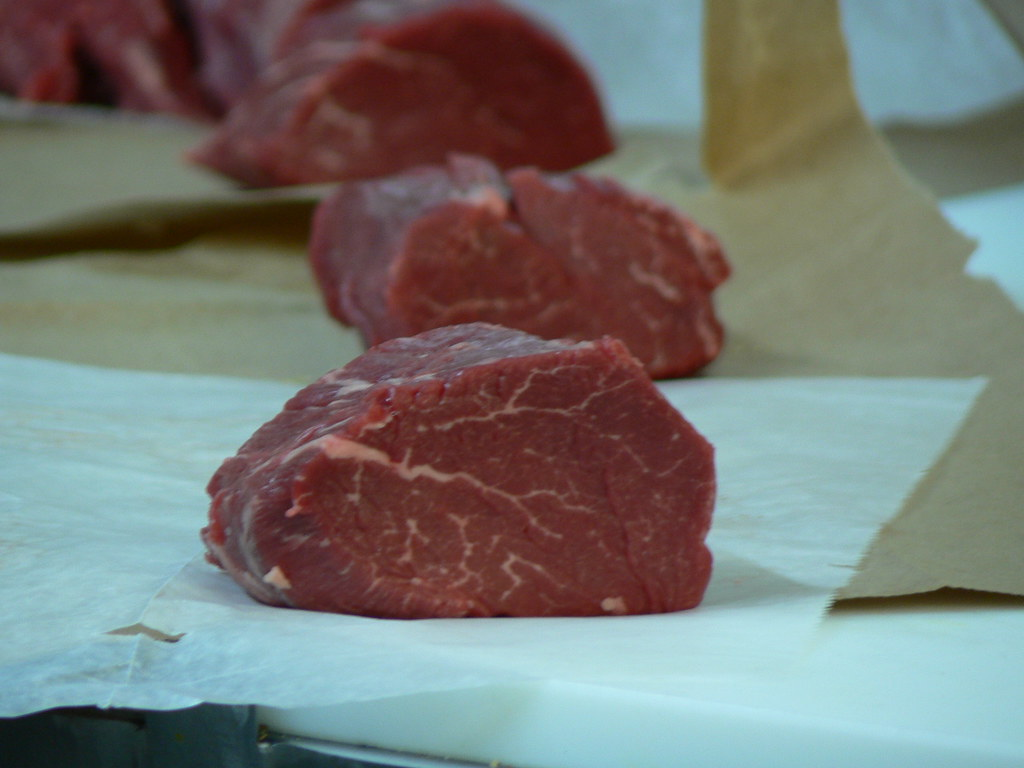
The filet mignon delivers buttery softness that barely requires teeth. This quiet performer from the short loin lacks the showboat fat content of other cuts but compensates with unmatched texture that speaks in whispers.
Tenderloin (Filet Mignon) (Cooked)

Serve when you need to impress someone or want to feel sophisticated while secretly watching reality TV in sweatpants. Ask your butcher to trim the silverskin but leave a thin layer of fat—that subtle barrier between transcendent when the heat hits.
13. Ribeye Steak (Delmonico) (Raw)
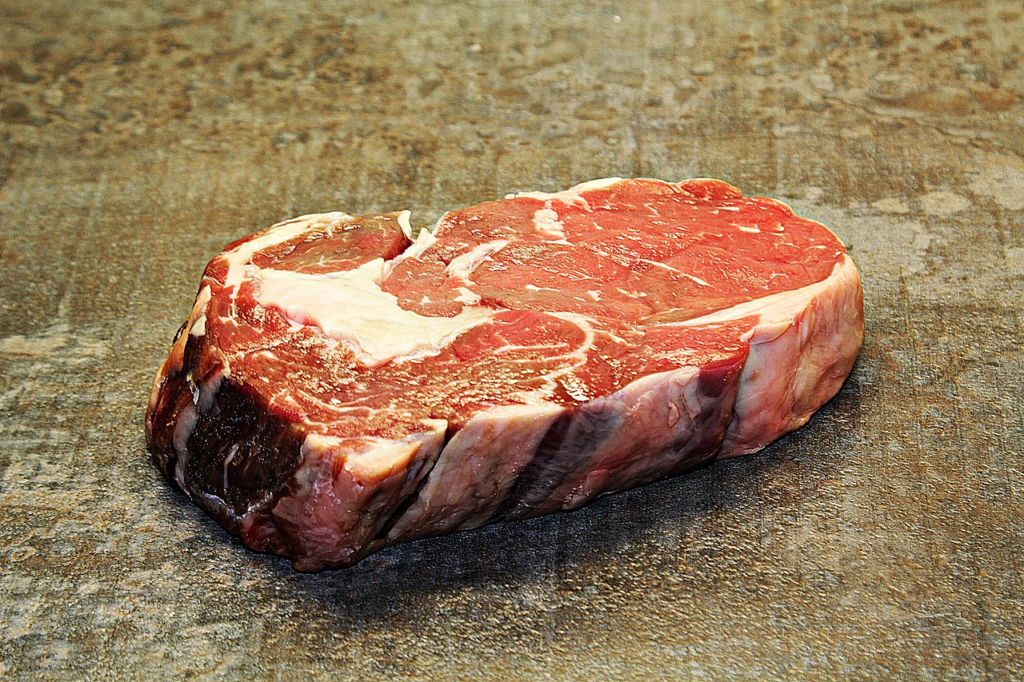
The ribeye stands as beef’s undisputed champion, carved from the rib section where dreams and reality blur. Marbling spreads throughout like a roadmap of flavor, delivering ridiculous juiciness that makes life’s problems temporarily vanish.
Ribeye Steak (Delmonico) (Cooked)

This cut forgives cooking mistakes that would ruin lesser steaks, perfect for nights when you crave fancy results without fussy technique. When the butcher pulls one from the case, notice how the fat creates white rivers through red l


